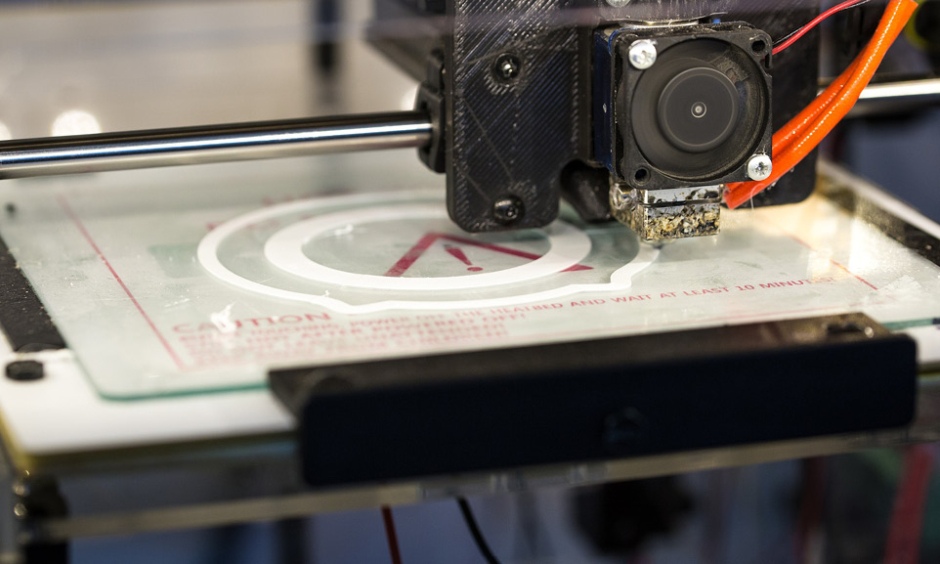A UNIQUE bioink has been developed that allows three-dimensional (3D) printing of human corneas for the first time. This proof-of-concept study, conducted by scientists at Newcastle University, Newcastle, UK, may pave the way for the creation of an unlimited supply of human corneas for the many patients who require corneal transplants.
As it plays a vital role in focussing vision, damage to the cornea, such as through abrasion, burns, lacerations, or diseases such as trachoma, can result in blindness; currently, 10 million people worldwide require surgery to prevent corneal blindness and nearly a further 5 million people are totally blind as a result of corneal scarring. With this in mind, researchers set out to investigate the optimal bioink to be used in the production of human corneas via 3D-printing, mixing human corneal stromal cells from healthy donors with alginate and collagen to create a unique gel. When used with a 3D bioprinter, the novel bioink was successfully extruded in concentric circles to form the shape of a human cornea. In <10 minutes, the cornea was printed to match the exact size dimensions of an actual cornea, measured by scanning a patient’s eye prior to printing. This promising result showed that this technique may make it possible to build a cornea to match a patient’s unique corneal specifications.
The researchers also noted that the unique composition of the gel kept the stem cells alive; this finding built on their previous research where the team were able to keep cells alive for weeks in a similar hydrogel. Commenting on the usefulness of the novel bioink, Prof Che Connon, Newcastle University, said: “Now we have a ready to use bioink containing stem cells, allowing users to start printing tissues without having to worry about growing the cells separately.” The team noted that these results showed that it may be feasible to 3D-print specific corneas for patients who require a transplant, potentially combatting the worldwide shortage of corneas. Looking to the future, Prof Connon concluded that the 3D-printed corneas will have to undergo further testing, and it may be several years before they are able to be used in human transplants.








